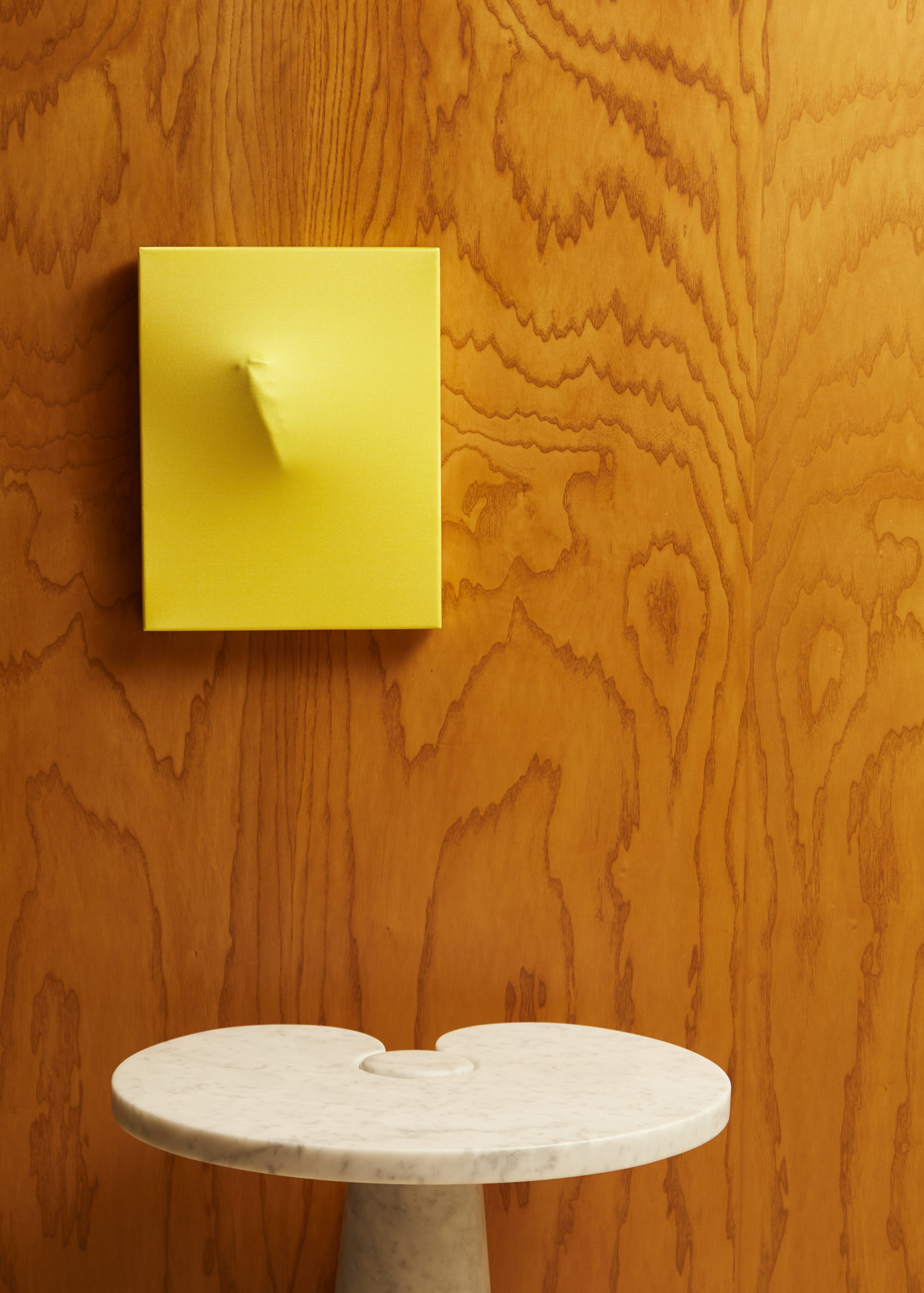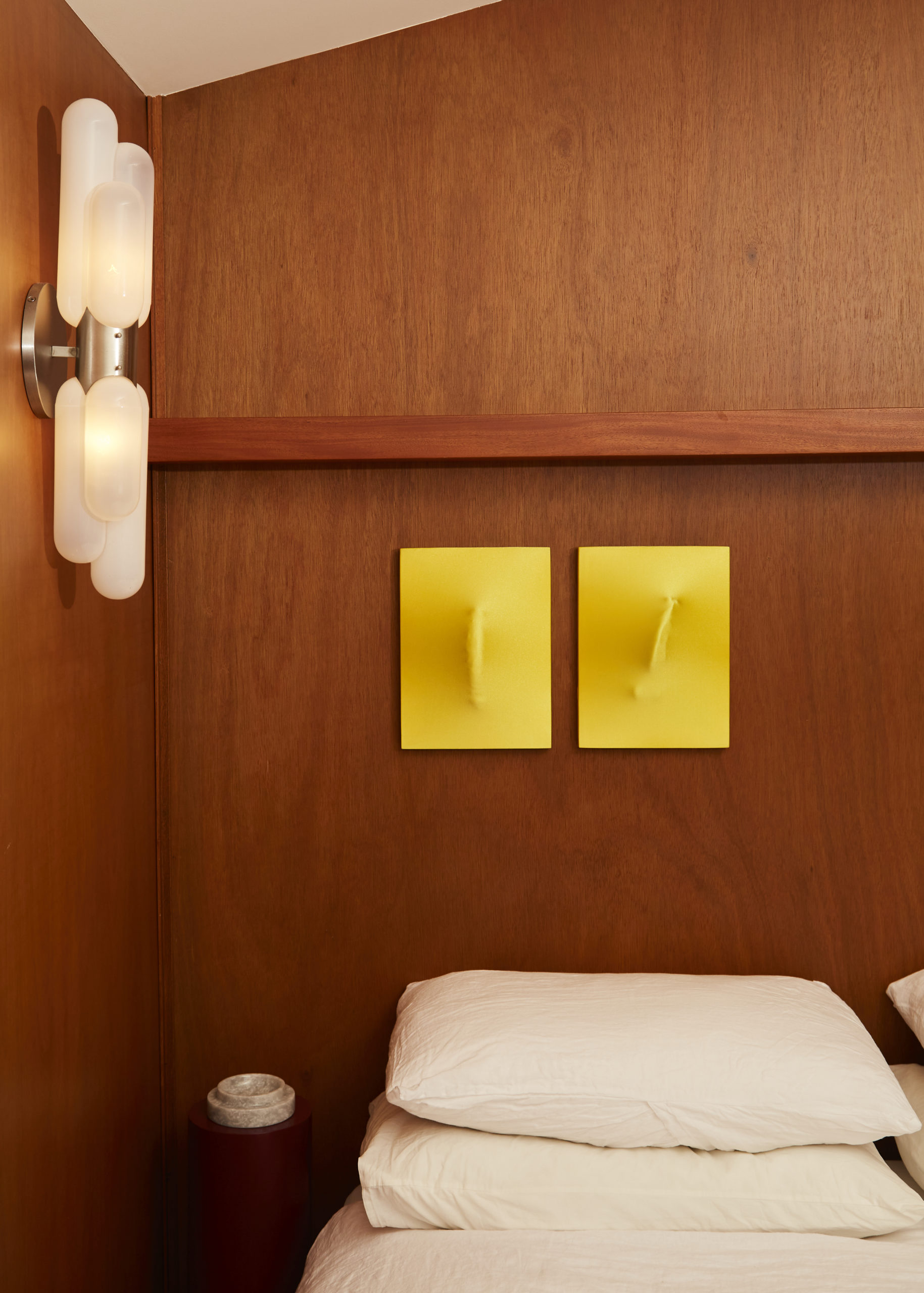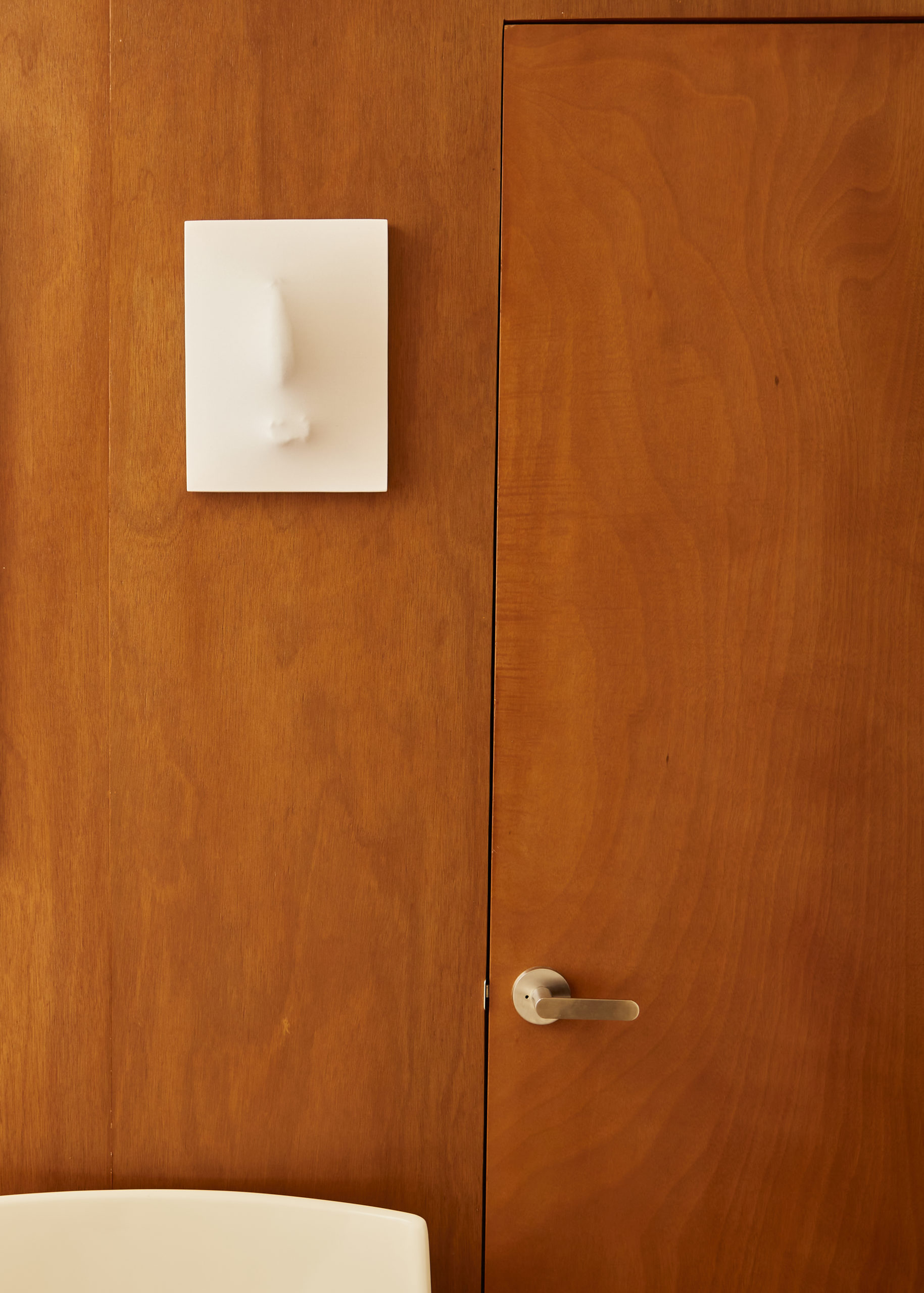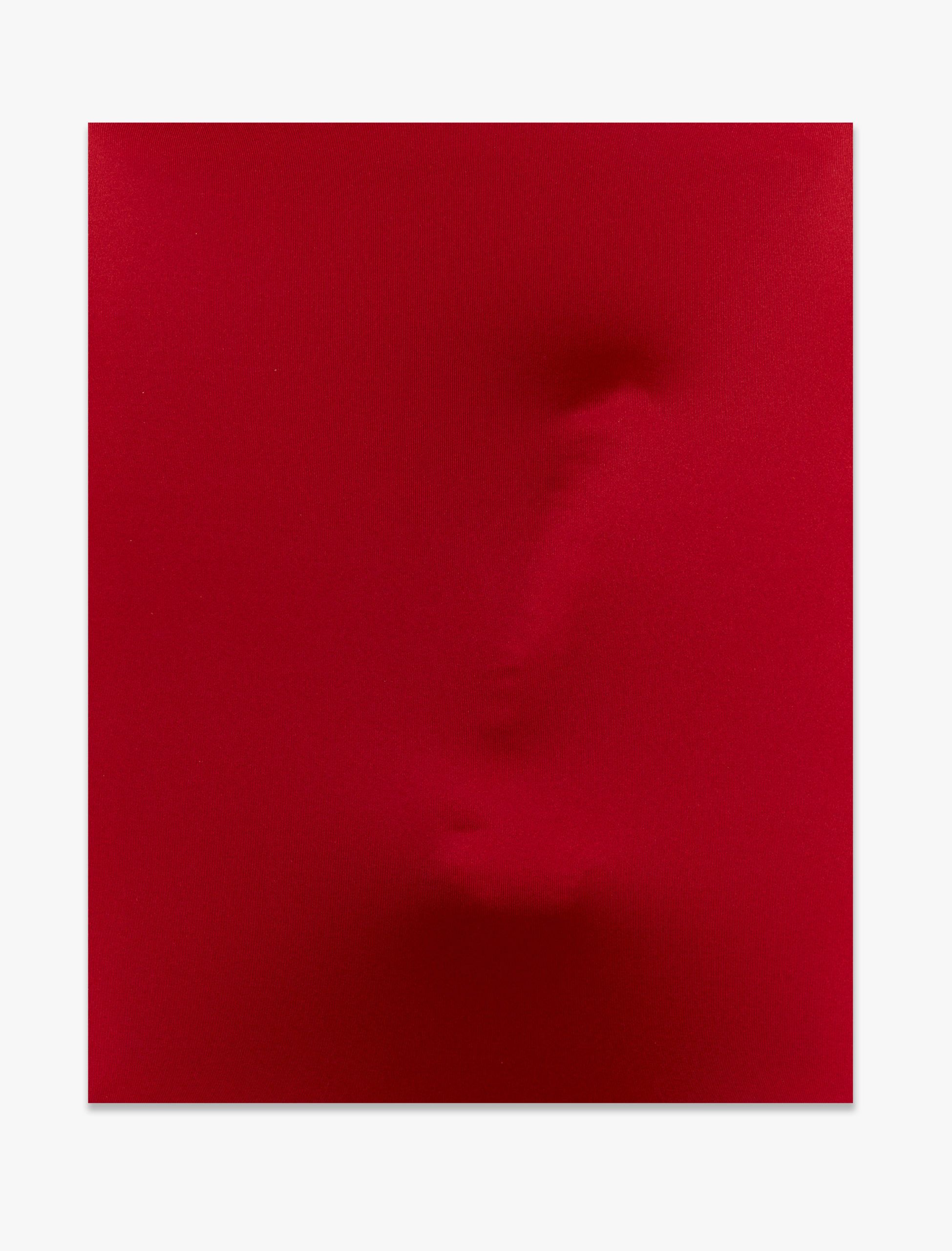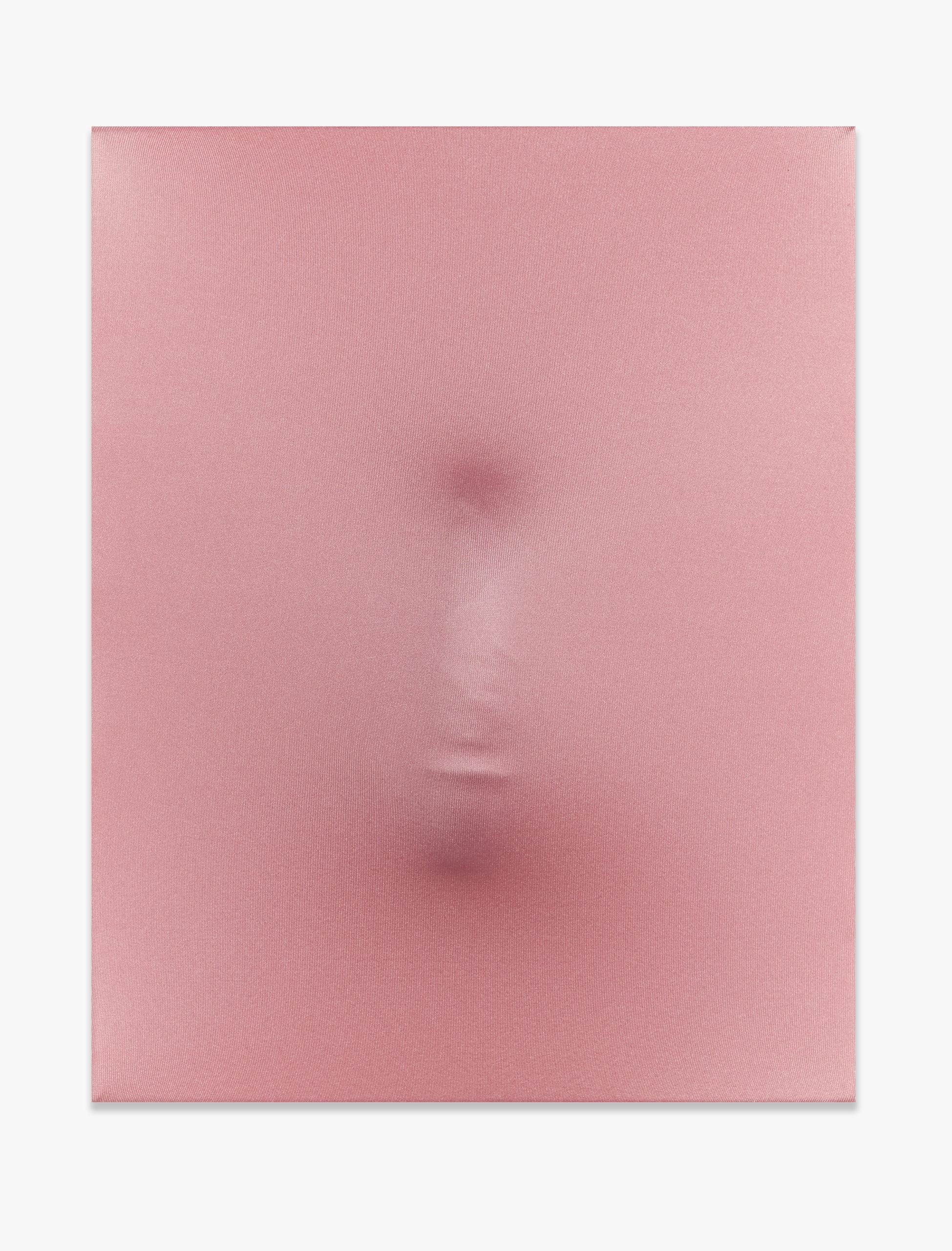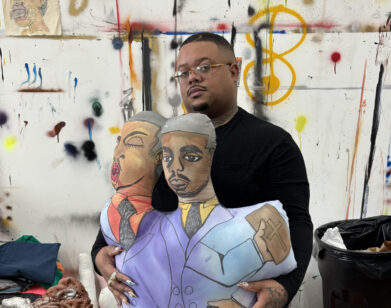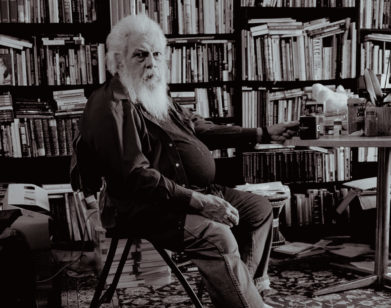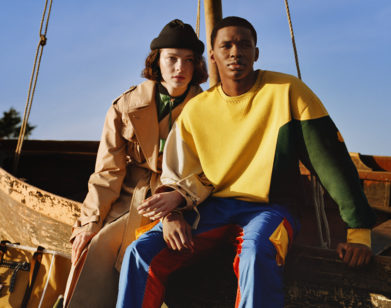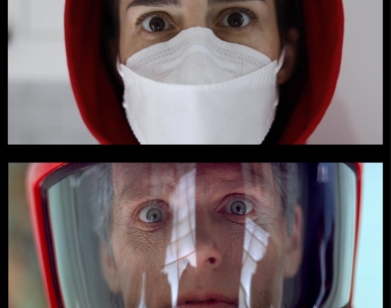into
Auguste Wibo and the Allure of the Anonymous Phallus
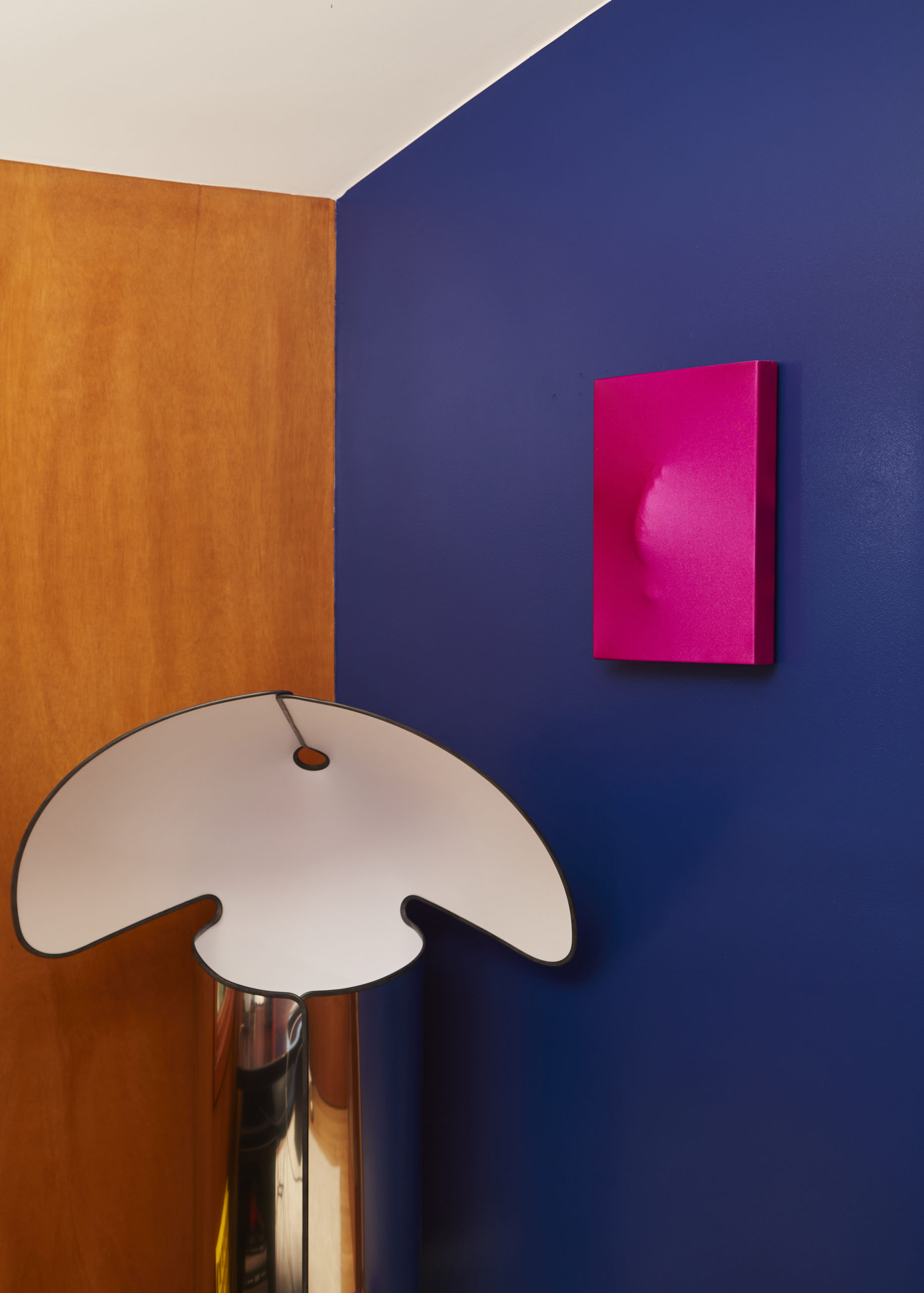
In a recent conversation for this magazine, the author Samuel R. Delany discusses the bygone era of cruising in New York City, reminiscing with the artist Jonathan Lyndon Chase about the days when the metropolis was a garden of earthly delights and anonymous sex. Delany recalls the porn house theaters, piers, and backroom bars across the city where illicit, passionate connections were made among new friends and strangers before the onset of the AIDS epidemic and the Internet. With time, and technology, such physical spaces have been mostly replaced by apps like Grindr and Scruff, where the vetting of sexual partners seems to come down more to preference than proximity.
In a new series dubbed “The Lovers”, the artist Auguste Wibo constructs brazen, three-dimensional portraits that speak to the in-your-face physicality that was once an essential element of cruising IRL. Galvanized by the Arte Povera movement, Wibo tells us that he’s drawn to simple “everyday materials” like silicone, wood, and stretchy fabrics to construct provocative, phallic works that bulge out of their frames. Each piece is named after an Ancient Greek or Roman figure (like “Dante,” and “Apollo”), but the artist says such titles stem more from vanity than from any direct historical inspiration. That’s because Wibo wants audiences to bask in the intrigue and sexual promise that each work inspires, rather than try to guess the muse behind every erection.
“Who are Hector, Maximus and Ares? The true drive, in the end, is not the secrecy, but the desire. Aren’t we all intrinsically more attracted by something we can imagine but we can’t fully see nor get?” Wibo says. Much like his “Lovers” series, the artist’s origins are also cloaked in mystery. “Auguste Wibo” is a moniker made up by the creative to shield his true identity. In its oscillation between obscurity and fascination, Wibo’s artistic debut seems to suggest that the spirit of cruising is making a comeback—if only in the form of art.

